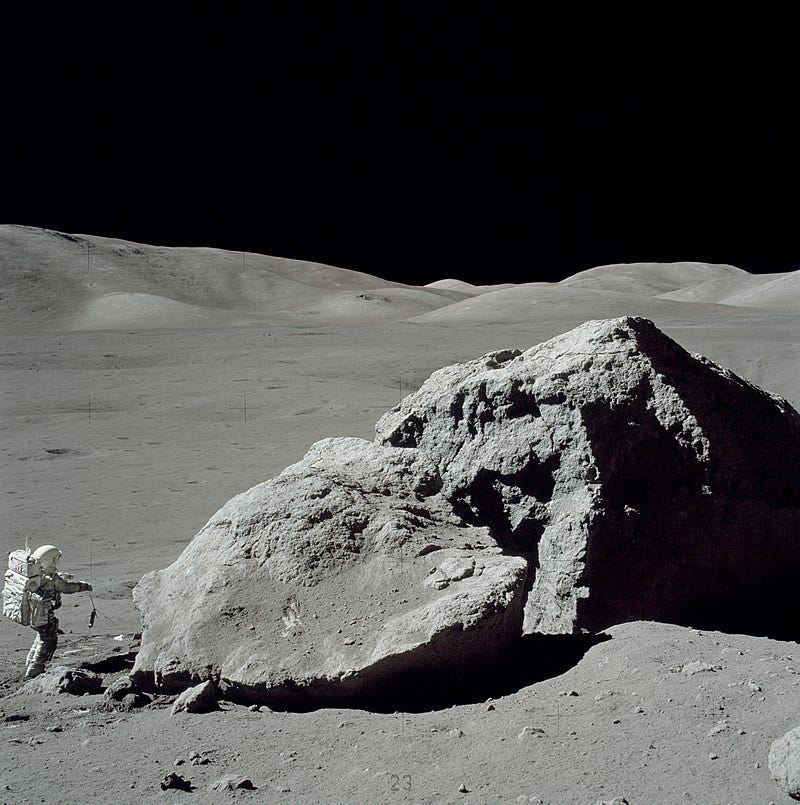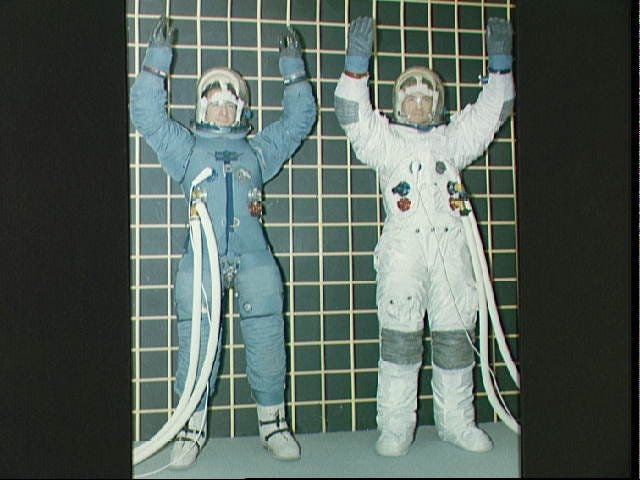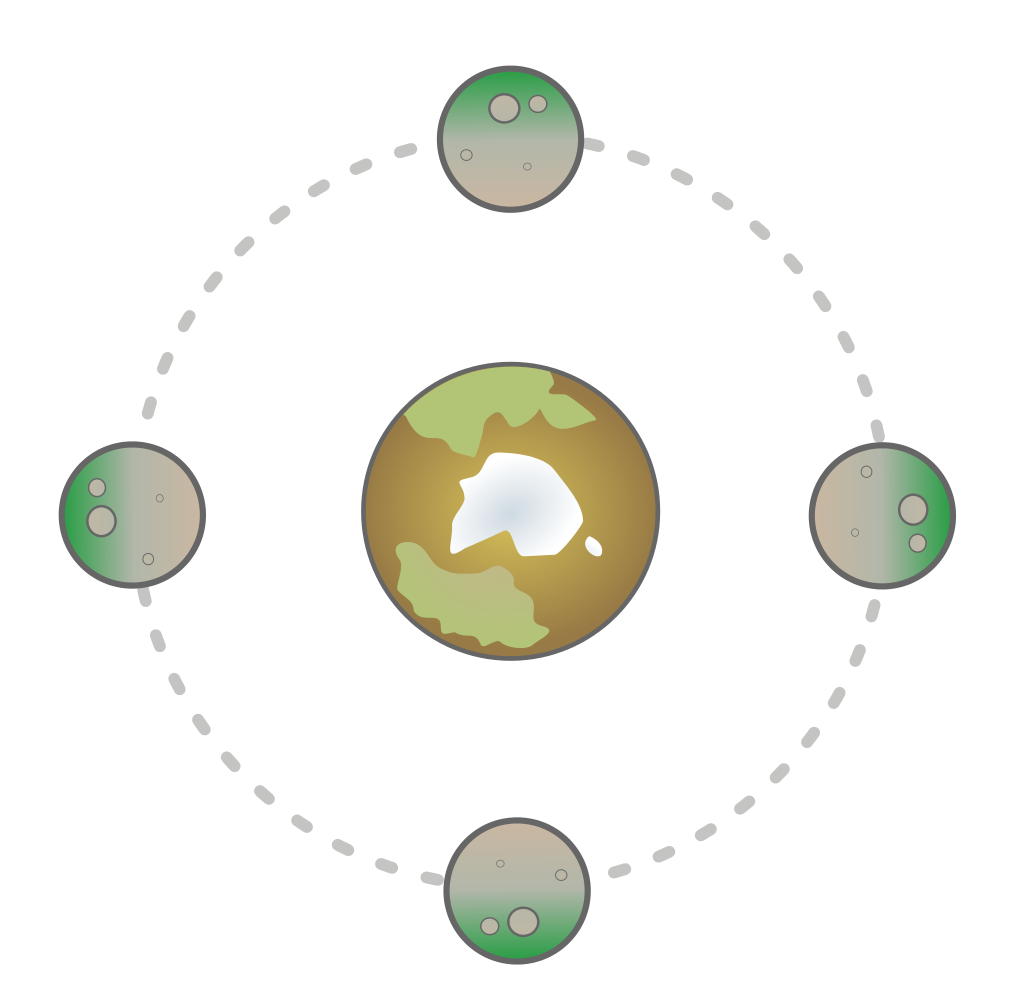Why explore the moon, even now?!
The Significance of Moon Exploration: The potential and the promise.
We have landed on the moon, brought rock samples, and know the atmosphere can't sustain life, then what is the importance of moon exploration?
In this article we discuss the importance of Moon exploration, emphasizing the potential benefits, unexplored surface mysteries, and vital resources that make lunar exploration an imperative pursuit.

The Potential Benefits of Moon Exploration
Advancement of Scientific Knowledge
Though previous lunar missions have provided valuable insights, the Moon still holds many unanswered questions. Further exploration can enhance our understanding of the Moon's origin, geological history, and significance in the context of the solar system.
Astrophysical Research
The Moon offers a unique opportunity to conduct astrophysical observations free from the Earth's atmosphere. Astronomical instruments placed on the Moon can provide unparalleled insights into the cosmos, opening new frontiers for space exploration.
Technological Advancements
Moon exploration drives innovation in space technologies. The challenges of lunar missions push us to develop more efficient propulsion systems, habitats, and life support systems, which can be applicable to future space missions, including those to Mars. For example, there are many products that have originated from its use in Apollo missions. Fire-resistant reinforcement, cordless vacuum cleaners, and even Velcro (although invented separately, its usage in Apollo missions led to its popularity).

The Potential of Unexplored Lunar Surface
Lunar Far Side
The far side of the Moon is the lunar hemisphere that always faces away from Earth, opposite to the near side, because of synchronous rotation in the Moon's orbit. Lacking the protection of Earth's atmosphere, it provides an ideal location for radio astronomy. By setting up radio telescopes on the far side, scientists can study the universe with minimal interference from terrestrial radio signals.

The L2 Lagrange point of the Earth-Moon system is located about 62,800 km above the far side, which has also been proposed as a location for a future radio telescope. Also, the far side is expected to have the highest concentration of helium-3 on the surface of the Moon, since the near side is partly shielded from the solar wind by the Earth. This isotope is relatively rare on the Earth but has good potential for use as a fuel in fusion reactors. (discussed below)
Lunar South Pole
The lunar south pole features a region with crater rims exposed to near-constant solar illumination, yet the interior of the craters is permanently shaded from sunlight. These permanently shadowed regions are intriguing due to the possibility of harboring water ice. Water is a precious resource in space exploration, and extracting it from the Moon could provide vital sustenance for future lunar missions or serve as a refueling station for deeper space journeys.
Also, such craters are cold traps that contain a fossil record of hydrogen, water ice, and other volatiles dating from the early Solar System.
A permanently shadowed crater is a depression on a body in the Solar System within which lies a point that is always in darkness.
Geological Mysteries
The Moon's geological features, such as lunar swirls, mascons (mass concentrations), and rilles, are enigmatic and merit further investigation. Understanding these geological phenomena can shed light on planetary formation processes and offer insights into other celestial bodies.
Importance of Lunar Minerals and Resources
Helium-3
Materials on the Moon's surface contain helium-3 at concentrations estimated between 1.4 and 15 parts per billion (ppb) in sunlit areas and may contain concentrations of as much as 50 ppb in permanently shadowed regions. For comparison, helium-3 in the Earth's atmosphere occurs at 7.2 parts per trillion (ppt). Helium-3 is a valuable isotope that has the potential to fuel advanced nuclear fusion reactors. Fusion power could revolutionize clean energy production on Earth and beyond.
Rare Earth Elements
Lunar soil is rich in rare earth elements, crucial for manufacturing advanced electronics and renewable energy technologies. These elements are becoming increasingly vital in a world focused on sustainability. Although current evidence suggests rare-earth elements are less abundant on the Moon than on Earth, NASA views the mining of rare-earth minerals as a viable lunar resource because they exhibit a wide range of industrially important optical, electrical, magnetic, and catalytic properties.
Building Materials
Moon exploration facilitates the identification of suitable building materials, like regolith-based construction, which can be used to construct habitats and infrastructure on the Moon, significantly reducing the need to transport materials from Earth.
Conclusion
The potential benefits of Moon exploration, ranging from advancing scientific knowledge to harnessing valuable resources, continue to fuel our quest for lunar exploration. Moreover, as we set our sights on more ambitious space missions, such as crewed missions to Mars and beyond, the Moon acts as an indispensable testing ground for new technologies and methodologies. By exploring the Moon, we not only enhance our understanding of the cosmos but also lay the groundwork for humanity's next giant leap into the cosmos, ensuring a prosperous and sustainable future for our species among the stars.





Humanity is truly blessed. Earth is located within the narrow habitable zone around our Sun AND is also not too massive such that we cannot escape its gravity. Furthermore, we have a large nearby Moon to practice exploration and refuel for longer journeys to the heavens.
We must do what we can to preserve the light of consciousness. Exploring the Moon is an essential step toward becoming multiplanetary.